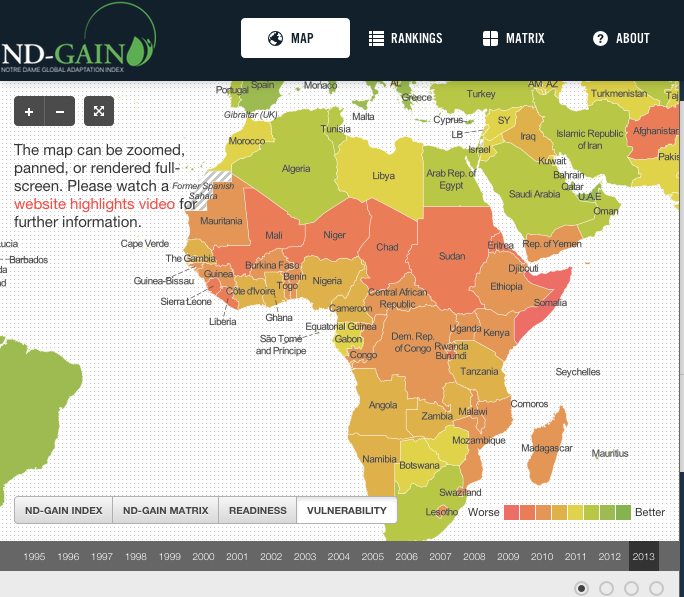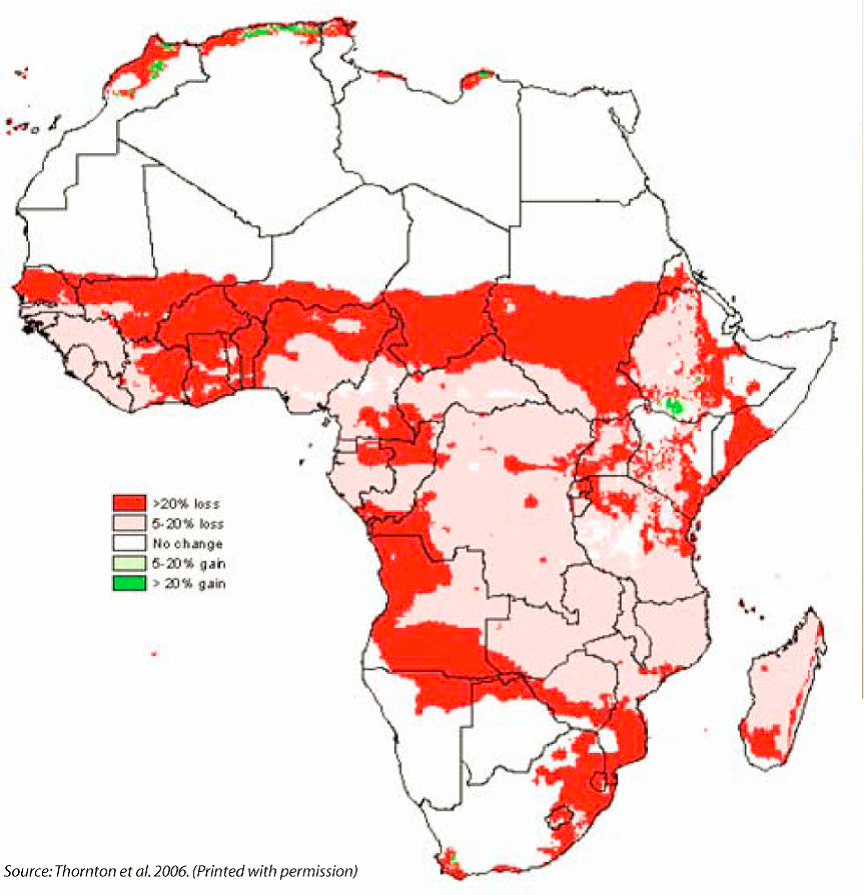I treated myself to two days of conferencing last week in my own city at the Chicago Forum on Global Cities, which focused on climate and other global challenges. Co-hosted by the Chicago Council on Global Affairs and the Financial Times, the event featured luminaries from 30 countries.
The FT’s beautiful salmon-colored newsprint caught my eye both days, first with its special city supplement proclaiming in its cover article: “This would mean that, by the second half of the present century, some big cities could be as much as 10C hotter than their surrounding hinterlands….Many large cities are situated in low-lying coastal areas, leaving them badly exposed to the dangers of flooding that come with rising sea levels and storm surges.” And next with its front page showing an alarming image of central Paris under water.
Despite the respected business publication’s stark climate prognosis, none of the panelists addressed climate adaptation and none responded to a question posed to the closing full plenary: “Climate Change and Global Cities,” https://www.chicagoforum.org/agenda/closing-lunch-climate-change-and-global-cities: “What role do cities play in increasing adaptive capacity to withstand climate change stresses and shocks?” However, when pressed by the FT moderator, the EU’s former commissioner for climate action only noted, “In Dakha Bangladesh, all they care about is adaptation, not mitigation.”
Tubingen, Germany, Mayor Boris Palmer, an erudite crowd-pleaser, proclaimed: “It cannot be about adaptation, it must be about mitigation.” He wisely noted that his success reflects never tiring of explaining the virtue of climate action at a level his audience understands.
So here goes, an explanation geared to the panelists on the Global Threats to the Global City, https://www.chicagoforum.org/agenda/plenary-global-threats-global-city (which did not mention climate change once in 75 minutes).
Abu Dhabi: https://www.ead.ae/Documents/RESEARCHERS/Climate%20change%20impacts%20-%20Eng.pdf Environment Agency-Abu Dhabi
The potential exposure of the United Arab Emirates and Abu Dhabi, in particular, to the impact of sea level rises is quite significant, given its current socioeconomic conditions in coastal areas. In addition to the effects of such rises on social and economic structures, the vulnerability of coastal ecosystems is also of particular concern.
Chicago https://www.whitehouse.gov/sites/default/files/docs/state-reports/climate/Illinois%20Fact%20Sheet.pdf
In the 2011 winter, Chicago incurred over $1.8 billion in losses and 36 deaths when a blizzard dumped two feet of snow on the city. In 2012, Illinois had the second-highest mortality (32 deaths) due to heat nationwide.
London: http://climatelondon.org.uk/wp-content/uploads/2012/01/CCRA-London.pdf
Twenty-nine percent of bus stations and 26 percent of underground stations are at risk of flooding, along with 14 percent of schools and 27 percent of police stations. The number of days per year when overheating could occur is projected to rise from 18 to between 22-51 days by the 2020s (central estimate is 33 days).
From 1972 to 2014, the annual mean temperature increased from 26.6°C to 27.7°C. The mean sea level in the Straits of Singapore also has increased at the rate of 1.2mm-to-1.7mm per year in the period 1975 to 2009.
Rainfall has intensified in recent years. Singapore's Second National Climate Change Study found a general uptrend in annual average rainfall from 2192mm in 1980 to 2727mm in 2014.
Washington, DC https://www.whitehouse.gov/sites/default/files/docs/state-reports/climate/district_of_columbia_fact_sheet.pdf
In 2012, damages from Hurricane Sandy required over $3 million in FEMA public assistance grants to rebuild and recover in the District of Columbia. The previous year, D.C. suffered damages from Hurricane Irene that required over $2.4 million in FEMA public assistance grants to rebuild and recover.
From Abu Dabhi to Washington, cities have shown a sincere desire to address climate change by mitigating greenhouse gas emissions. That’s more important than ever, and it must be accompanied by a sincere desire to learn about and employ climate adaptation. Why? Because every $1 invested in adaptation avoids $4 in future losses.
Tubingen Mayor Palmer, as a member of the Germany Green Party (which puts climate change at the center of all policy considerations, including environmental policy and safety and social aspects), has the splendid chance to again demonstrate leadership by turning his refusal to embrace climate adaptation into an opportunity to embrace it and all collateral benefits for his constituents.















